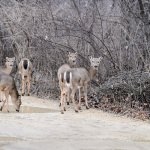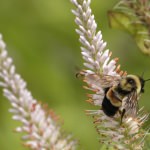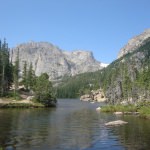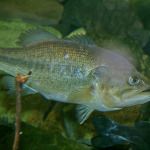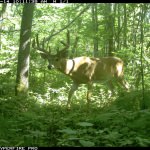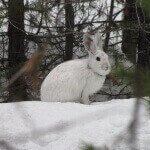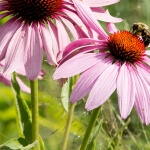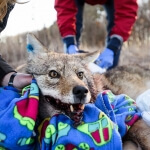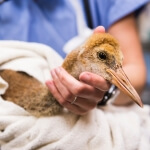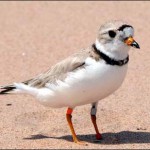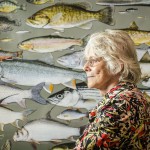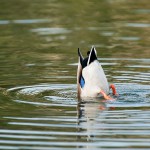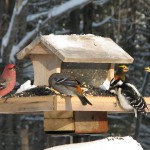Tag Wildlife
Citizen observations help inform Arboretum’s annual account of spring
Both official and unofficial observations curated by UW–Madison Arboretum staff suggest that the mild winter of 2017 is leading to earlier spring activity in some plants and animals.
Arboretum prairies offer rare refuge for vanishing bumblebee
A proposal by the U.S. Fish and Wildlife Service to seek endangered status for the rusty-patched bumblebee has focused renewed attention on bumblebees living in the 1,200-acre natural area.
New study examines where and how climate change is altering species
A new study shows how and where changing climate conditions could affect the communities of species in any given area. In…
New virus found during investigation into largemouth bass fish kill
The virus has been identified in association with a die-off of largemouth bass in Pine Lake in Wisconsin’s Forest County.
Snapshot Wisconsin: Trail cams to document state’s wildlife
With the help of satellites and a global crowd-sourced database, Wisconsin’s wildlife will soon have its prime time moment.
No snow, no hares: Climate change pushes emblematic species north
UW researchers report that the range of the snowshoe hare in Wisconsin is creeping north by about five and a half miles per decade.
Veterinary medicine partnership with community saves baby crane
A young Wisconsin sandhill crane is back to full health and flying south for the winter thanks to a partnership with the School of Veterinary medicine.
Climate change alters cast of winter birds
Over the past two decades, the resident communities of birds that attend eastern North America’s backyard bird feeders in winter have quietly been remade, most likely as a result of a warming climate. Writing this week in the journal Global Change Biology, University of Wisconsin–Madison wildlife biologists Benjamin Zuckerberg and Karine Princé document that once rare wintering bird species are now commonplace in the American Northeast.
Drilling in the dark: Biological impacts of fracking still largely unknown
As production of shale gas soars, the industry's effects on nature and wildlife remain largely unexplored, according to a study by a group of conservation biologists published in Frontiers in Ecology and the Environment on August 1.
Céline Cousteau to speak at Earth Day conference
Marine conservation advocate and filmmaker Céline Cousteau will be a featured speaker at the seventh annual Nelson Institute Earth Day Conference on Monday, April 15.
UW’s veterinary medical school adopts wildlife health project
Outbreaks of disease in wildlife may seem remote and, for most humans, inconsequential. But disease events that arise in wild animal populations can be far-reaching and can even pose a threat to humans and domestic animals far removed from the source of animal affliction.
Bad news for bats: deadly fungus persists in caves
Researchers have found that the organism that causes deadly white-nose syndrome persists in caves long after it has killed the bats in those caves. A study just published in Applied and Environmental Microbiology shows that the fungus can survive in soil for months, even years, after the bats have departed.


